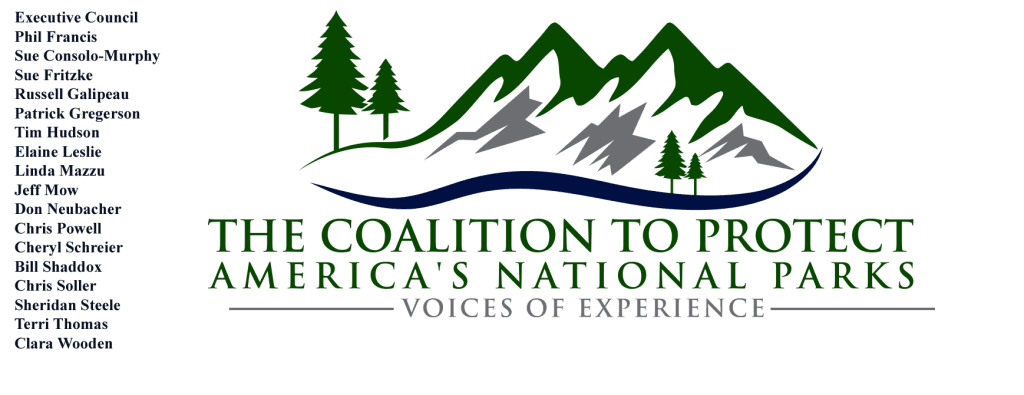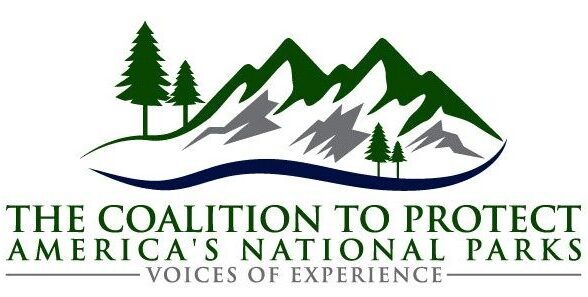
October 28, 2025
The Honorable Michael Bennet
United States Senate
Washington, D.C. 20510
Re: Support for S.J.Res. 69 – Opposition to Killing North American Forest Owls in 14 Units of the National Park System
Dear Senator Bennet:
I am Elaine Frances Leslie, Ph.D., a career wildlife biologist in both the private sector and federal government, and the former Agency Chief of Biological Resources for the National Park Service. I am writing on behalf of the Coalition to Protect America’s National Parks – an organization composed of over 4,600 members who are current, former, and retired employees of the National Park Service – in support of S.J.Res. 69. Our mission is to help protect and preserve the integrity of America’s national parks and the wildlife and ecosystems they sustain, for this and for future generations.
We urge you to vote YES on S.J.Res. 69, which seeks to stop the implementation of the U.S. Fish and Wildlife Service’s Barred Owl Management Strategy and Record of Decision. This plan calls for the shooting of hundreds of thousands of barred owls—including in 14 units of the National Park Sytem—an unprecedented and deeply troubling course of action.
According to the Record of Decision, the following parks and monuments are slated for lethal barred owl control:
- Washington: Olympic National Park, Mount Rainier National Park, North Cascades National Park
- Oregon: Crater Lake National Park, Oregon Caves National Monument
- California: Redwood National and State Parks, Whiskeytown National Recreation Area, Muir Woods National Monument, Golden Gate National Recreation Area, Point Reyes National Seashore, Lassen Volcanic National Park, Sequoia & Kings Canyon National Parks, Yosemite National Park, and Devil’s Postpile National Monument
Opening these cherished public lands—some among the most visited and beloved in our nation—to organized owl shooting and en masse killing of wildlife is unprecedented in the history of the National Park System. It violates the spirit of the National Park Service’s mission to “conserve unimpaired natural and cultural resources” under its care.
While the barred owl has been labeled as “invasive” to the West and Northwest, we find that there is no credible scientific evidence that this lethal program as designed and implemented will have anything but fleeting effects. Barred owl reproduction and juvenile dispersal will negate any short-term reduction in lethal take of barred owls. Recolonization will occur rapidly, and that also means that this will be a never-ending government control program.
Numerous professional wildlife biologists have pointed out that this approach will not achieve the intended conservation outcomes and will instead inflict unnecessary harm, disturbance to the ecosystem and likely severe disturbance and harm to the very spotted owl it claims to protect.
It appears that this plan is a pretext to open up old-growth forests in the Pacific Northwest and to allow for incidental killing of threatened Northern Spotted Owls. There is no way that there will not be incidental take in a project of this size and scope. Contrary to the promotion of the plan as contributing to the recovery of spotted owls, it now appears that the plan will be used to “take” spotted owls and offer barred owl killing as a form of hollow “mitigation.” It’s clear that this plan will be detrimental to both barred and spotted owls.
It is also important to remember that barred owls are a native North American species that has undergone a natural range expansion. As longtime U.S. Fish and Wildlife Service biologist Kent Livezey documented in a 2010 peer-reviewed paper, “as of 2010, 111 bird species in North America had recently expanded their breeding ranges into at least one new state or province, and 14 species had expanded their ranges into more states or provinces than did barred owls.”
Range expansion is a well-documented ecological process, and that’s precisely what’s at work here. While we agree that some of the range expansions are due to climate change, fragmentation and other human-caused disturbance, the rate of range expansion is inevitable. We have considered policy but we must also consider moral and ethical concerns. To massacre barred
owls to protect the spotted owl in this matter is unethical. The biomass of hundreds of thousands of dead owls is unthinkable. Furthermore, the program is unsustainable-from a funding perspective (especially in these times), from management, contracting, lab analysis, data collect and volunteer aspects.
For all of these reasons—scientific, ethical, and moral—we urge you to vote YES on S.J.Res. 69 to stop this ill-conceived and destructive plan. The Coalition to Protect America’s National Parks believes our national parks should not be testing grounds for ineffective lethal control programs. We believe that the protection of whole ecosystems including land preservation, restoration, and conservation, and the ability of scientists to closely monitor the spotted owls is a far better and humane approach.
Thank you for your consideration and for your commitment to science-based stewardship of our nation’s public lands.
Respectfully,
Elaine Frances Leslie, Ph.D.
On behalf of the Coalition to Protect America’s National Parks
